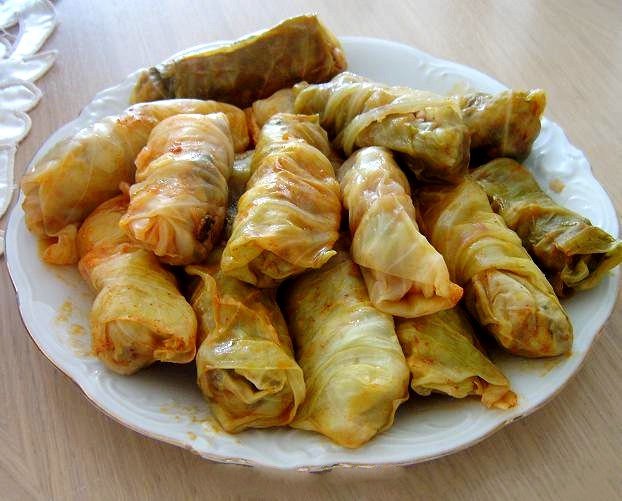Which of London’s newest eateries is the best?
We constantly keep an eye out for the newest restaurant openings in London. We’re directing our friends and family to a few specific recent hangouts in October 2022. This week, all eyes are on KOYN, a Japanese restaurant in Mayfair that serves some of the most incredible sushi in the area.
Kensington and Pastor
In Latin, the word “pastor” implies gorging oneself. Here, there has never been a more appropriate description in the recently launched open-flame Levantine kitchen from former Palomar co-founder and chef Tomer Amedi. The dining room, located in the center of Kensington, features industrial interiors, tall ceilings, and quirky antiques. A friend’s dinner party atmosphere with friendly employees and cooks singing along to Seventies music in the open kitchen gives it a similar feel to entering.
A tapas-style menu split by sea, land, and garden combines British cuisine with Middle Eastern, Turkish, and North African influences—this fusion of old and new, tradition and innovation. As is customary in Israel, we start by breaking freshly baked warm Yemeni challah bread served with the same butter. This ritual honors the restaurant’s commitment to celebrating life on all occasions. A cold duck breast salad with ginger vinaigrette and the mint infusion is the ideal palette cleanser. The show’s stars, in our eyes, were the tender seared scallops and the silky but light Scottish wagyu beef skirt, but the supporting cast, crispy potatoes, are still on my mind. Despite our best efforts to begin the evening with all the formalities of a sit-down meal, we end the evening by diving headfirst into the Chocolate and Tahini Cremeux with our Aegean-style gold forks, and no holds barred. The silky quill of chocolate clings to our spoons, forcing us to savor every bite.
Street: Tottenham Court Road, Plaza Khao Gaeng
The most attractive dining room in London is not this one. It is above the famous Arcade Food Hall on Oxford Street, which is my recommendation for the best food hall in London. It has unflattering strip lighting, a lot of stainless steel, dark wood, and scratchy plastic tablecloths. Therefore, this dining room in London is not the nicest; nonetheless, it may be the most moving. A few fans are working hard to keep customers cool as we sit down on a scorching August day, and employees in egg-yellow aprons squeeze in between tables to serve ice-cold water. This is required since even the biggest spice aficionado’s forehead will get shiny from the heat of chef Luke Farrell’s dishes.
Before joining JKS, the London restaurant firm that owns Bao, Bibi, Hoppers, Sabor, and several other popular hangouts, Farrell lived in Thailand for 15 years. Farrell runs Plaza Khao Gaeng, Arcade Food Hall’s flagship restaurant, from his home base in Bangkok. The phrase “khao gaeng” loosely translates to “curry over rice,” This restaurant was influenced by the a la carte restaurants of Southern Thailand. Nothing on the menu has been toned down to suit delicate Western tastes. Gaeng Gati gai (chicken curry) is spicy and iridescently golden from copious amounts of turmeric, unlike gung pad stator prik gaeng Tai (tiger prawns cooked in fiery southern curry paste), which is slightly bitter. The muu hong (braised pig belly), which is rich, melty, dark, and a must-order, is one of the few meals that won’t blow your head off if you’re not a fan of a bit of spice. Have a bucket of Singha beer delivered to the table to cool off. Order two if you must; the prices are so reasonable for this area of the West End.

